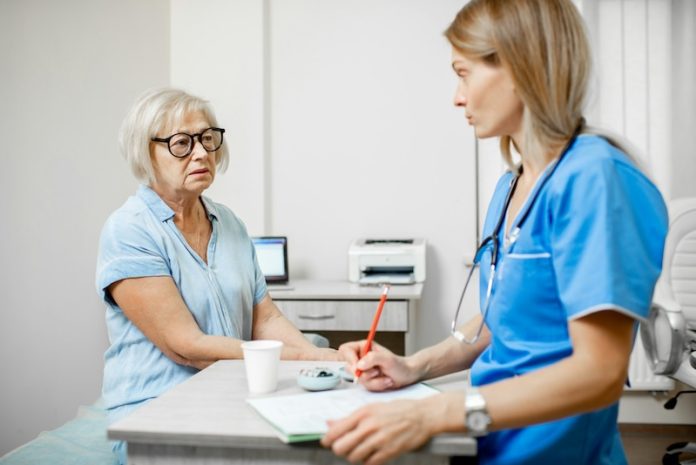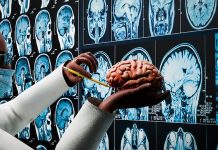
A mild stroke, also known as a transient ischemic attack (TIA) or minor stroke, is a serious warning sign. It may not cause major damage right away, but it shows that there is a problem with blood flow to the brain.
Even if the symptoms are mild or go away quickly, a mild stroke should never be ignored. Research shows that people who experience a mild stroke are at much higher risk of having a more severe stroke in the future, especially within the first few days or weeks.
The first step after a mild stroke is to get medical help immediately. Even if the symptoms disappear in minutes or hours, it’s important to go to the hospital or see a doctor as soon as possible. Doctors will usually do tests like brain scans, heart monitoring, and blood work to find the cause of the stroke and assess the damage.
Once the immediate danger has passed, follow-up care is essential. Doctors will create a treatment plan to reduce the risk of another stroke. This may include medications such as blood thinners to prevent clots, drugs to lower blood pressure or cholesterol, and medicine to manage diabetes if needed. It’s very important to take these medications exactly as prescribed.
Lifestyle changes play a big role in recovery and prevention. Quitting smoking is one of the most important steps you can take. Smoking damages blood vessels and increases the risk of clots. Regular exercise is also key.
Activities like walking, swimming, or yoga can improve heart health, balance, and mood. Aim for at least 30 minutes of moderate exercise most days of the week, with your doctor’s approval.
Eating a healthy diet can protect the brain and heart. Choose foods that are low in salt, added sugar, and unhealthy fats. Include plenty of fruits, vegetables, whole grains, lean proteins, and healthy fats like olive oil and nuts. Avoid processed foods and try to cook more meals at home.
Managing stress is also important after a stroke. Long-term stress can raise blood pressure and increase stroke risk. Relaxation techniques like deep breathing, meditation, or spending time in nature can help. If you feel overwhelmed, talking to a counselor or joining a support group can make a big difference.
Rehabilitation may be needed even after a mild stroke. Some people have weakness, numbness, or trouble speaking, even if the stroke was not severe. Physical therapy, occupational therapy, or speech therapy can help rebuild strength and skills. Recovery is different for everyone, but early rehab often leads to better results.
It’s also important to attend all follow-up appointments and screenings. Doctors will check your progress, monitor your medications, and adjust your care if needed. Keeping track of your blood pressure, cholesterol, and blood sugar at home can help you stay on top of your health.
In summary, a mild stroke is a warning, not something to take lightly. With the right care, medication, lifestyle changes, and support, you can lower your risk of another stroke and continue to live a healthy and active life. Acting early and taking prevention seriously can make all the difference.
If you care about stroke, please read studies that diets high in flavonoids could help reduce stroke risk, and MIND diet could slow down cognitive decline after stroke.
For more health information, please see recent studies about antioxidants that could help reduce the risk of dementia, and tea and coffee may help lower your risk of stroke, dementia.
Copyright © 2025 Knowridge Science Report. All rights reserved.



